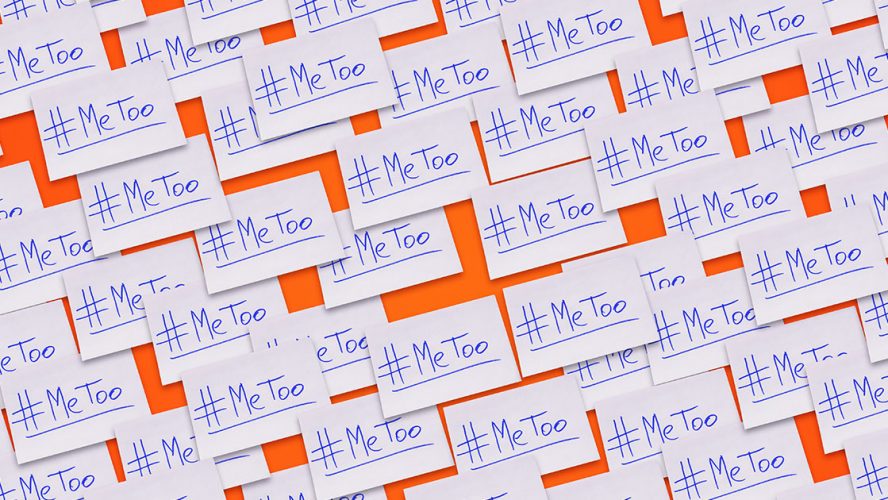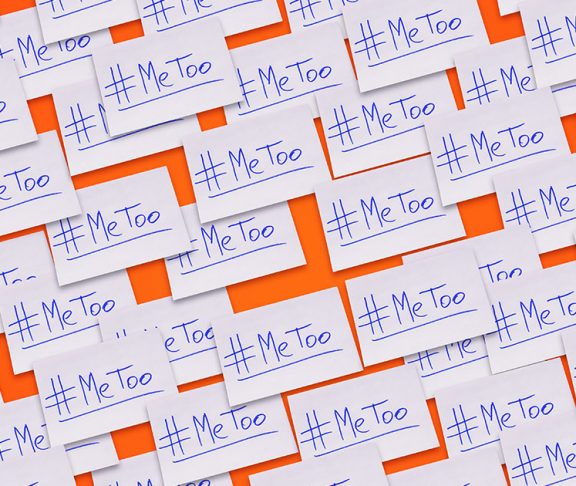The #MeToo movement showed not just the power and necessity of women’s voices. But what about when those voices are absent in the very rooms where top decisions are made? How can responses to issues of harassment and discrimination be truly robust if diverse voices were not included in the decision-making process? A next step in the #MeToo movement must be to address the absence of women at top leadership roles in business, politics and education.
Startling stats
Women are half the population, yet:
- Women currently make up 20 percent of Congress and 25 percent of state legislatures with only six women serving as governors of their respective states.
- While women are 45 percent of the overall S&P 500 labor force, they hold only 27 percent of executive- and senior-level positions, 21 percent of board seats and 5 percent of Fortune 500 CEO jobs.
- Leadership opportunities are even more elusive for women of color, who make up only 7 percent of Congress, 6 percent of state legislatures, and hold only one governorship. Women of color are only 5 percent of executive- and senior-level officials and managers, and only two women of color currently serve as CEOs of Fortune 500 companies.
The leadership gender gap will only persist if we do nothing. There are many steps we can take as individuals, employers and policy makers to create significant change.
Needed change
Employers can implement policies that help workers with work-life balance, including equal pay for equal work, paid parental leave and paid sick days. Diversity should be at the forefront in initial hiring as well as promotions to management; employers can work toward it by holding blind screenings, implementing regular diversity training, eliminating asking for salary history and creating mentorship and leadership programs aimed at moving more women and people of color into leadership roles. It’s also good practice to implement leadership as well as salary audits to see where women and people of color sit at every level of management including board representation.
Lawmakers can support legislation that would promote women leaders through pay equity, family support and salary transparenncy. It’s also important for all of us to have access to valuable data showing the number of women and people in color in leadership positions so that we can identify the gaps and come up with common sense solutions to close them. These are policies that put workers on a level playing field and aid women as they navigate their careers.
But the focus on women in leadership isn’t just in the private sector. Encourage and support women running for office so that we can have leadership in the halls of Congress, state legislatures and White House that is more representative of our country as a whole.
Here to help
At AAUW, we’re committed to providing tools to help women accomplish their goals. That’s why we’re training 10 million women by 2022 to negotiate their salaries and benefits throughout every level of their careers, using our salary negotiation workshops. While you can’t negotiate around discrimination, these trainings empower women to get the pay and standing they deserve. We also offer leadership training to women at every stage, from college through every rung of the career ladder.
Gender equality in every industry benefits everyone. It’s good for families who increasingly rely on women as sole breadwinners. It’s good for society to shatter cultural stereotypes surrounding leadership. It’s good for business to draw on the creativity of a diverse staff and recognize the purchasing power of women. And finally, it’s good for the country since the more diverse the pool, the more talented our leaders will be.

